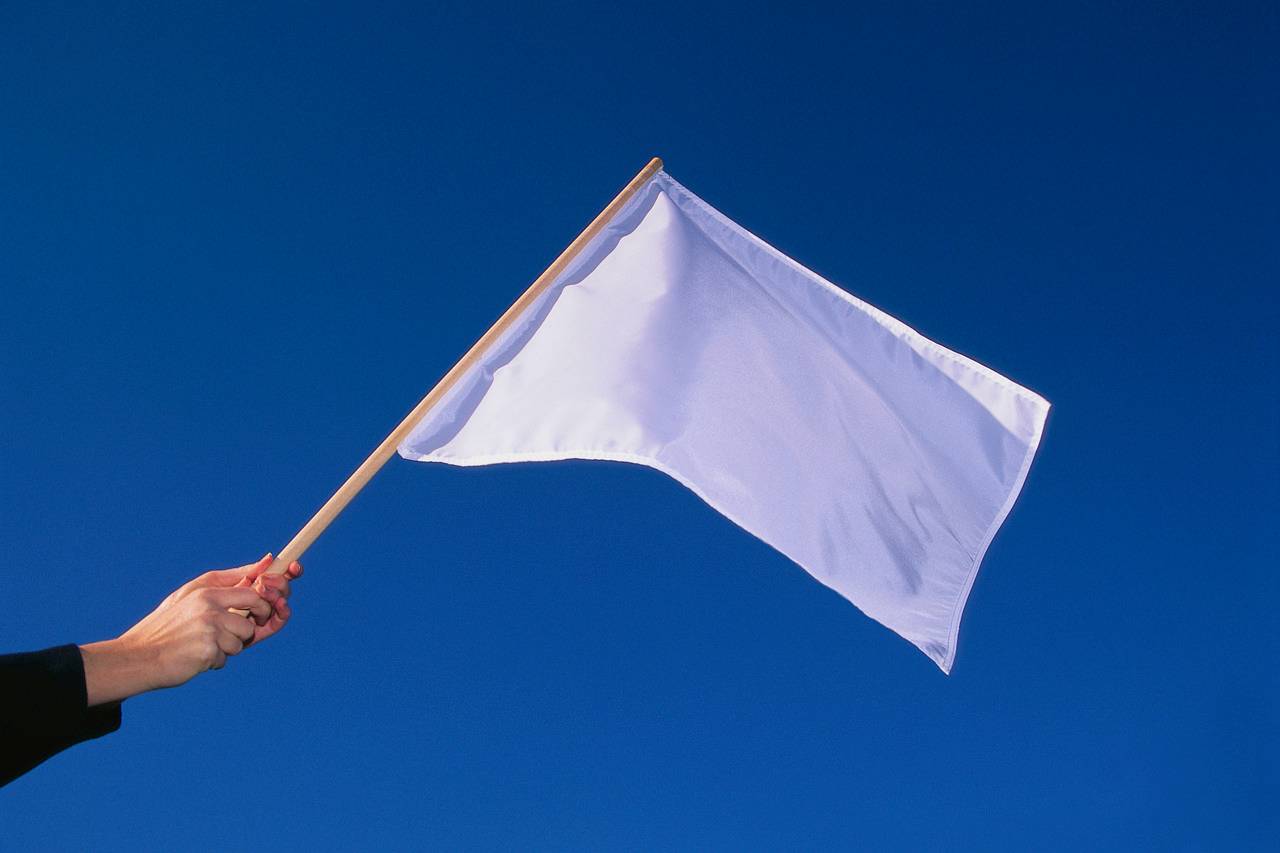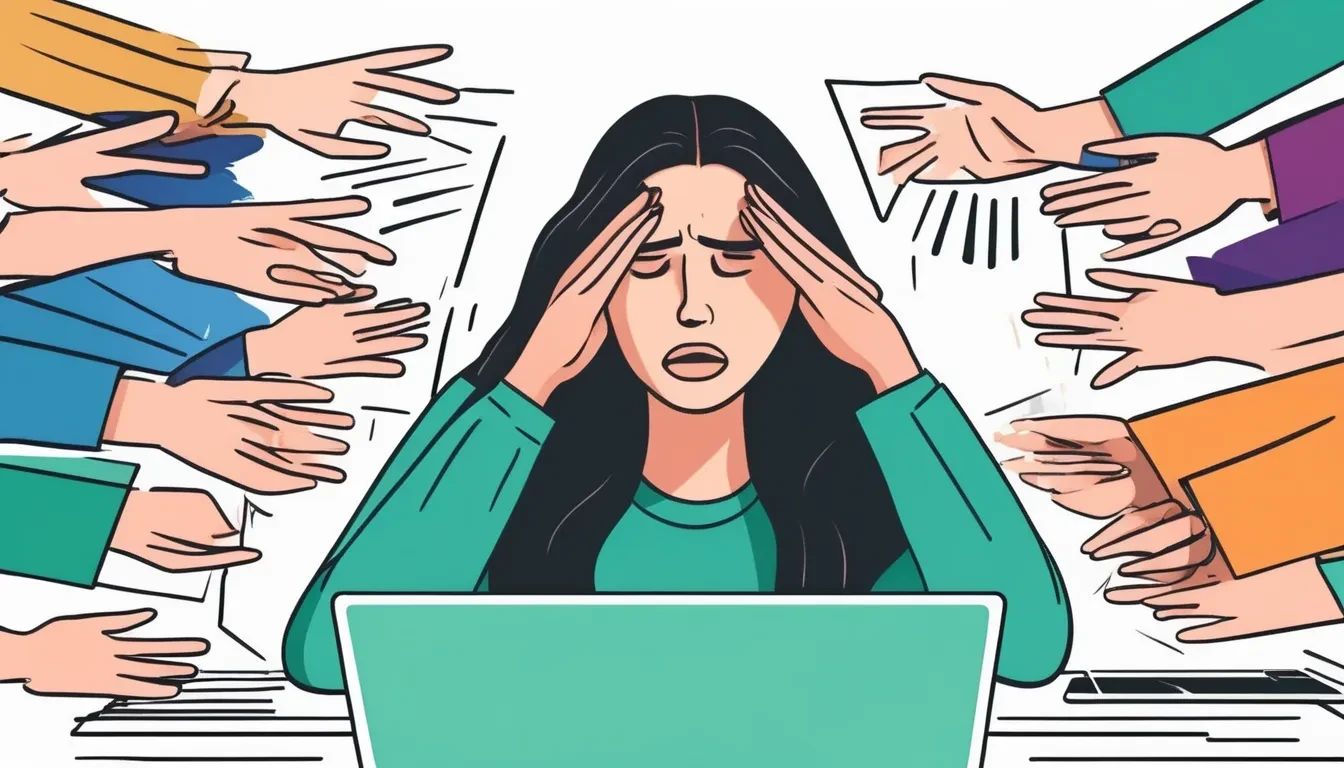
Often in movies or popular culture, when a character is facing an inevitable loss against an enemy during a battle, a way to end it is by raising a white flag. I still remember watching a Tom and Jerry cartoon as a young child, where Tom the cat (often depicted as the antagonist ) would cause a ruckus or trouble with his archenemy Jerry the mouse (often seen as the lovable protagonist). In one of the episodes which portrayed the two characters battling it out before Thanksgiving dinner, Tom, who fell short and defeated by Jerry, raised a white flag, symbolising his surrender. The episode ended with them having their Thanksgiving meal together in peace.
Being an avid fan of the show (who has seen most episodes growing up), this particular ending is out of the norm for the classic cartoon. So I asked my father at that time to explain the reason for Tom putting up the flag (being a child of course I did not understand the meaning behind the gesture). My father then explained that white flag would mean that he lost the fight and using the flag to ask his enemy to not attack him anymore. So since then, I would equate the gesture to signify loss and surrender.
The gesture of putting up a white flag is universally understood as a sign of defeat and loss. It also means that you are suggesting a truce or ceasefire (during a battle) and putting up a flag would protect you from any more harm as it supposed to hint the other side to stop their attack. This gesture is one of the means of communicating non verbally with the use of colours. In our daily lives for instance, when we stop at a traffic light, it is universally understood that when the green light lights up, it means go, and red light means stop (even though that is not really practiced here sometimes). This is how colours potray certain meanings. In this case, white flags in particular symbolises defeat, loss and hopelessness. It is not clear exactly when white flags were used as a sign of truce, but it was agreed that they were first introduced in battles as early as the middle ages in Western Europe.
Fast forward to 2021. With the onslaught of the pandemic Covid-19, Malaysians are fighting a battle unlike any other. It has been more than a year since the pandemic took us away from everything we used to cherish and take for granted and it hit us without any mercy. Families lost their loved ones rather abruptly, not being able to say their last goodbyes. Business owners are faced with their own economic turmoil, having to close down their premises and letting go of their staff. Unemployment rates spikes even higher than the daily covid-19 cases. People losing their means of income and not knowing how can they recover financially. Heads of families struggle to keep food on the table daily. Parents struggling to juggle their work as well keeping their home life stable.
It seems that the pandemic is getting closer and closer to victory. With this ongoing ‘war’ on the pandemic, some who could not overcome their personal crises faltered. Recently, there were rising cases of suicides or attempted suicides that were reported in the country. Those who put up their own ‘white flags’ on life, took matters into their own hands, leaving the world that they considered too harsh to continue.
The alarming rate of suicide cases in Malaysia prompted its citizens to come up with a campaign called #KempenBenderaPutih (white flag campaign), with the aim of helping those in need of help without having to ask verbally. It is unclear of who started the campaign or when it started, but the movement have been massively shared on various social media platforms recently and garnered quite a national attention. If anyone is in desperate need of help, all they need to do is raise a white flag or any white coloured fabric at their residence, to let other Malaysians know they are in need of help.
This campaign is seen as an initiative to assist struggling Malaysians, not limiting to financial struggle, but emotional and mental state of struggles as well. The campaign aims to encourage those who are too embarrassed, reluctant or afraid to seek help, manage to get the help they desperately need by communicating non verbally.
It is known that the government has provided several initiatives to help struggling citizens, for example the food basket programme. Other measures have been announced as well such as controlling the prices of petrol, electricity bill discounts and free internet data. These financial assistance package aims at helping those affected by the pandemic. However, as caring citizens, we can do our part as well to those affected through the white flag campaign. Even a simple gesture of hello or showing attention to people in need will make a huge difference.
Even though the raising of white flag is universally understood as a symbol of loss or defeat, in this case, we Malaysians create our own meaning to the raising of white flags. Those who raise these flags are in need of help, hoping those who sees it will lend a hand. Such a simple gesture would hopefully create an impact on making sure no one having to face their ordeals alone. Therefore, should you spot a white flag raised outside someone’s home, do not turn a blind eye. In this instance, white flags are seen as a sign of hope, a sign of promise, a sign of life.
*Published by New Straits Times, July 3, 2021 @ 12:06am
https://www.nst.com.my/opinion/letters/2021/07/704621/signs-hope-not-defeat

Hani Suraya Aziz
English Language Teacher
Centre for Language Studies
Universiti Tun Hussein Onn Malaysia (UTHM)









